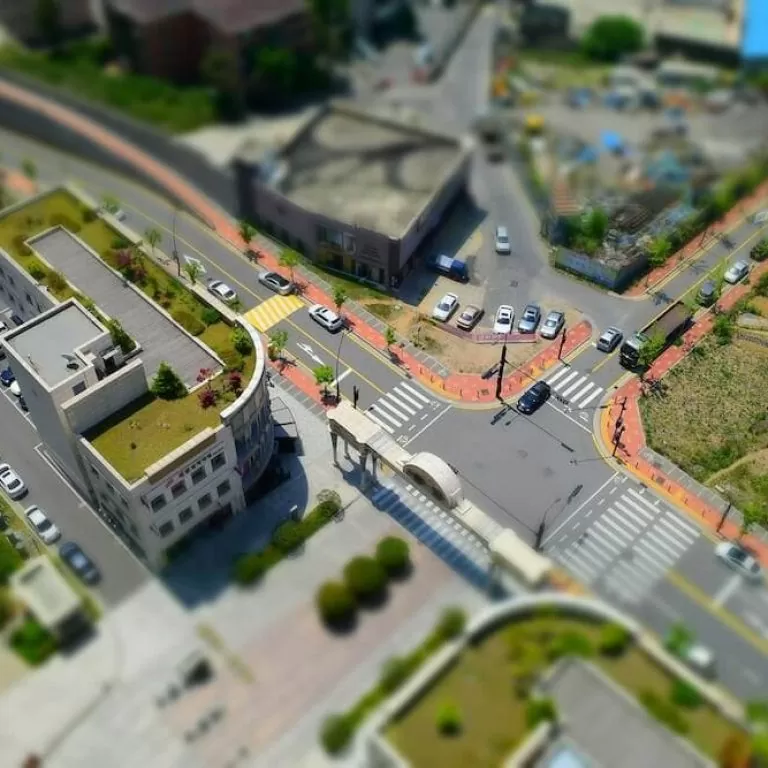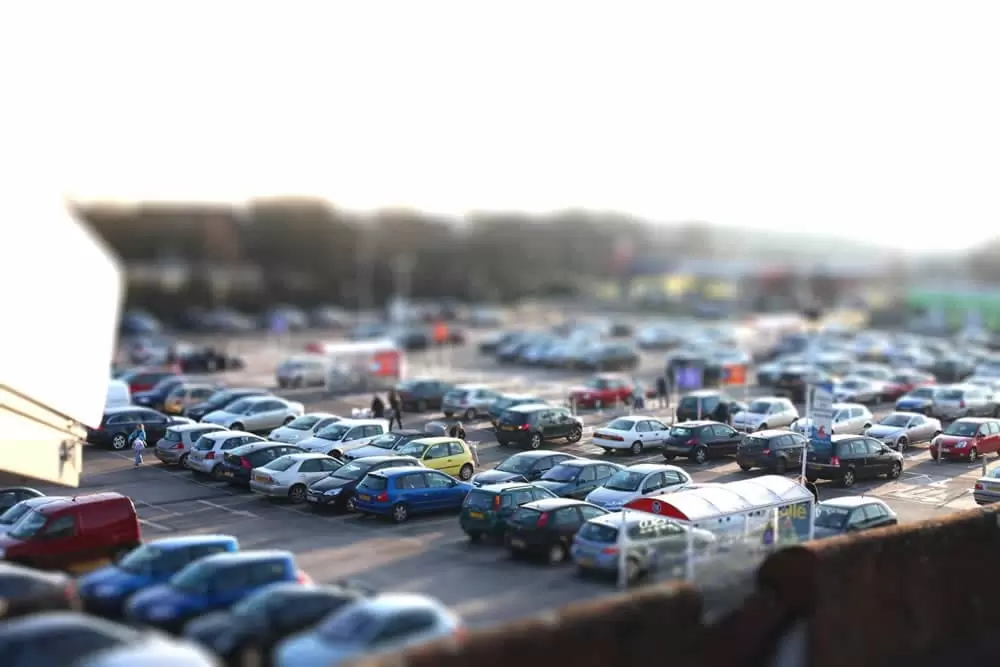
News Exploring the tilt-shift/ time-lapse combo
As a technique that is often utilised in time-lapse video, tilt-shift is never far from our radar.
Time-lapse itself is an engaging visual tool that serves many purposes: to document, to instruct, to inform, to communicate, to tell a story, among many others. In other words, a time-lapse video does not necessarily need any added extras in order to fulfil its function.
But as a relatable technique of time-lapse there is something rather enchanting about how the tilt-shift can be utilised as part of a time-lapse video.
What is tilt-shift photography?
The mechanics behind this technique are quite complex but it is essentially used to create a shallow depth of field in the image so that the subject(s) appear incredibly small.
More specifically, the technique relies on two types of movement from the camera lens:
- a rotation of the lens plane relative to the image plane – known as the ’tilt’
- the movement of the lens parallel to the image plane – known as the ‘shift’
The tilt controls the orientation of focus, thus the sharpness of the image, while the shift is used to adjust the position of the subject without physically moving the camera.

Above: our own tilt-shift shot of a car park for a time-lapse project.
The effect of a tilt-shift can also be achieved in post-production, often making it easier to achieve and allowing for greater flexibility and control than when using an actual tilt-shift lens.
Tilt shift & time-lapse
Tilt-shift works really well when applied to urban areas – and so does time-lapse (as we have looked at before). Together, these techniques can create quite remarkable perspectives overlooking the everyday movements of a city.
Indeed, ‘big’ cities are visualised as ‘small’ with tilt-shift, while the acceleration put into effect by time-lapse creates almost gliding movements made by cars and people.
A myriad of creative variations on the tilt-shift/ time-lapse combo exist and there are even professionals who refer to their trade as ’tilt-shift time-lapse photography’.
Keith Loutit’s work, for example, uses both techniques to great effect. His video, ‘The Lion City’, features the South-East Asian city of Singapore but like you have never seen it.
Attempting to extend the tilt-shift technique into new dimensions, Loutit has been working on “experimental focus and light transition techniques” so that focus and distance are things that the viewer can experience.
“It also doubles to communicate the constant heat and humidity that hits you whenever you leave the comfort of air conditioning in Singapore”, Loutit explains. Indeed, tilt-shift that moves across the time-lapse frames makes you feel as if you are actually feeling the atmospherics of the city.
Miniature faking
The effects made by the tilt-shift – namely how a life-size location or object is made to look like a scale model of the scene – is often referred to as ‘miniature faking’.
For obvious reasons, this is also known as the ‘Lego effect’. Indeed, as this video featured by ‘Little Big World’ shows, it does feel as if you are watching a scale model village. This is quite incredible considering how large towns and cities are in reality.
Tilt-shift offers a different perspective of certain things. In a similar way, our own time-lapse work contributes to a renewed way of seeing things – including Lego-building.
Having worked extensively with Merlin Entertainments, we have provided time-lapse capture of many of their Lego-based projects. One of the most popular time-lapse videos to date (below), shows a replica of Boston’s Fenway Park built entirely from Lego bricks.
This took 450 hours to both design and construct, and was built from about 28,000 bricks. Time-lapse does not scrimp on the detail of these builds but is able to render them in such a way that progress is much easier to discern.
Like Keith Loutit’s tilt-shift time-lapse of Singapore, our Lego time-lapse plays around with perspective to offer a new way to experience the work that goes into such scale model displays.
As we have seen from this handful of examples, tilt-shift and time-lapse work incredibly well together. With time-lapse quickening the pace of the action and tilt-shift changing the way we see the world, this combination of techniques adds a further fascinating perspective to moving imagery.